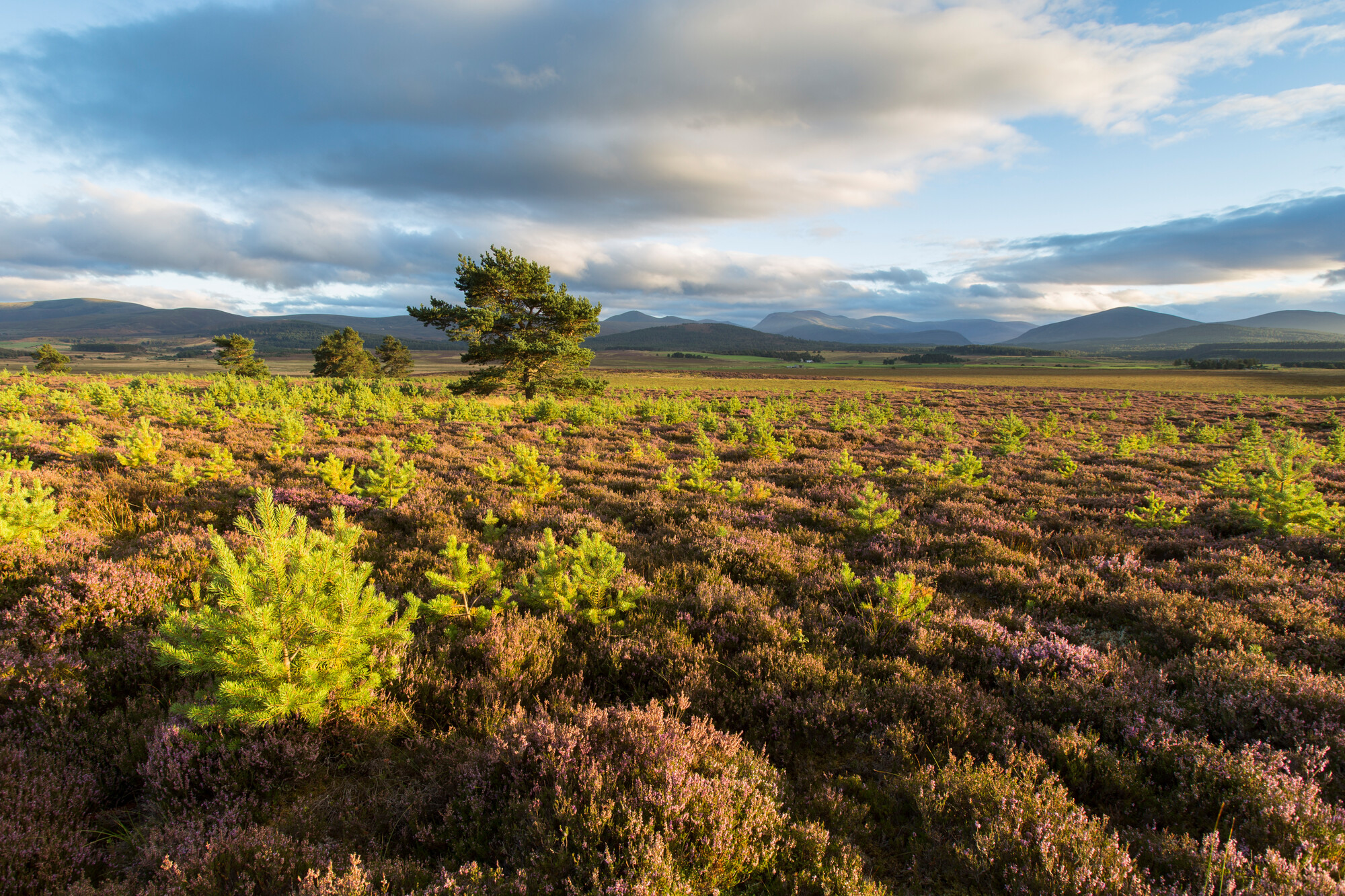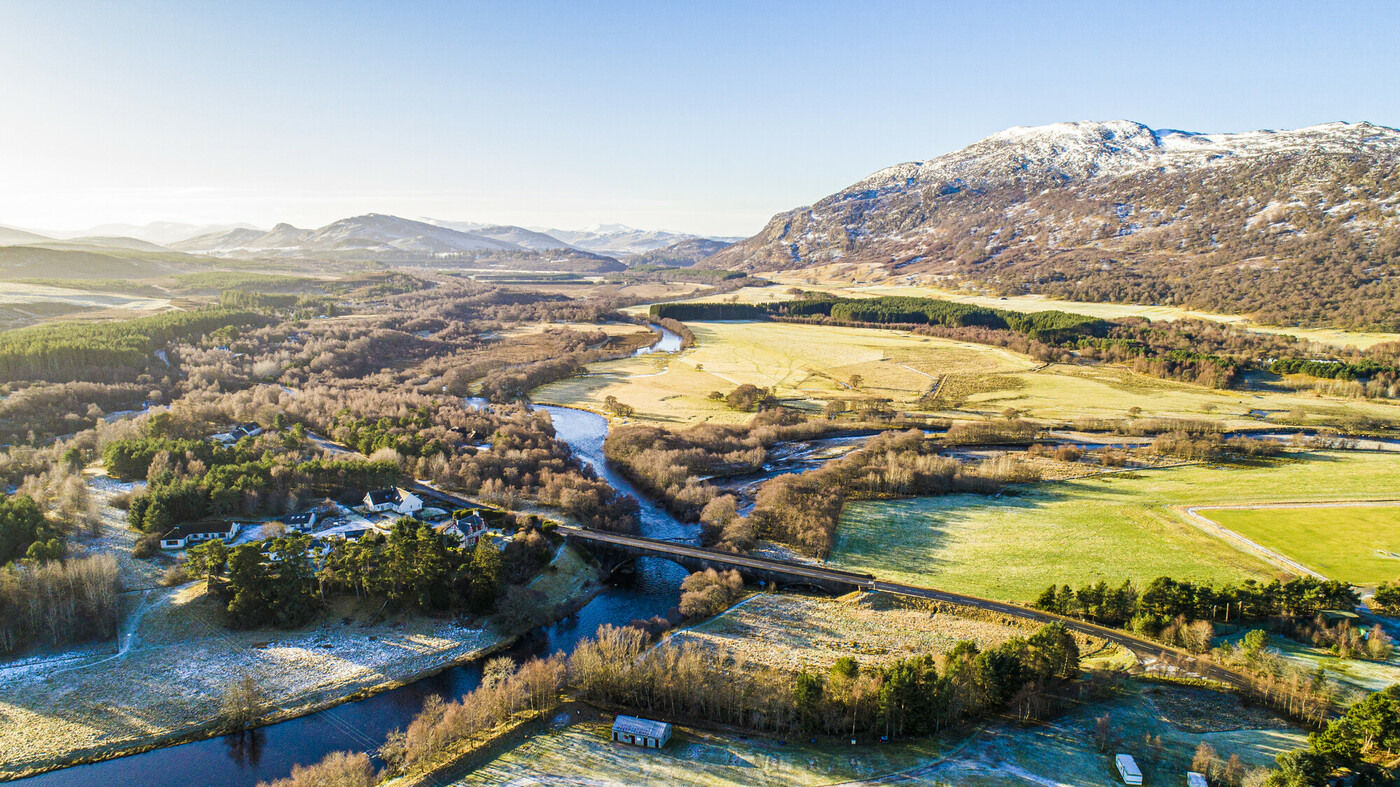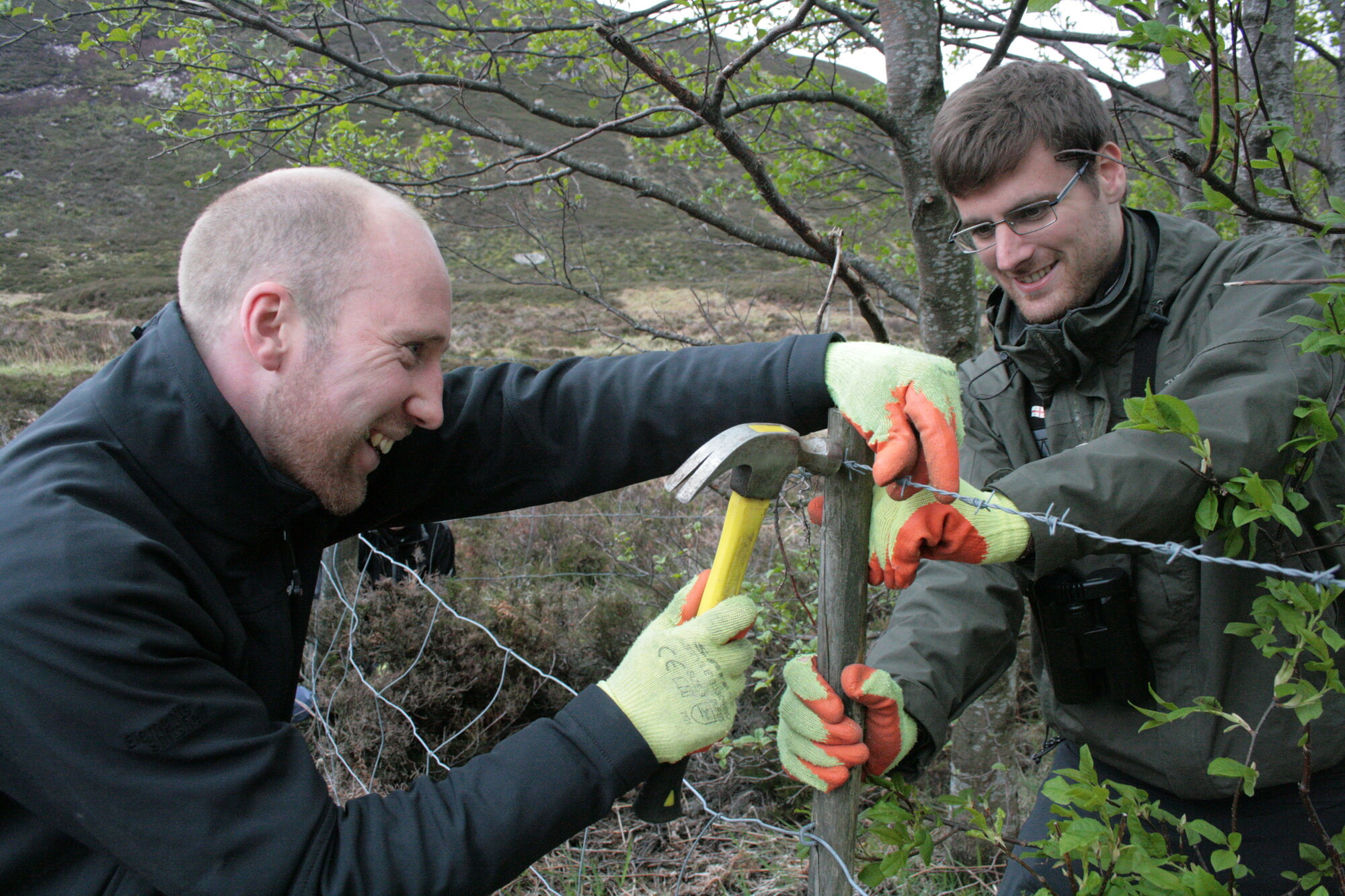Environment, Natural Resources and Agriculture Research Strategy 2027 - 2032
Cairngorms National Park Authority 14 The Square Grantown on Spey PH26 3HG
T: 01479 873 535
20 October 2025
Rural and Environment Science and Analytical Services (RESAS) Scottish Government Q Spur Saughton House Edinburgh EH11 3XD
Environment, Natural Resources and Agriculture Research Strategy
2027 – 32 – Consultation response
The Cairngorms National Park has a significant role to play in the collective and overarching delivery of many of the Environment Strategy outcomes. The National Park Partnership Plan looks to promote the National Park as a place to innovate, trial solutions and new ways of thinking to tackle some of the most pressing issues facing Scotland’s environment, land use and rural communities. The Park Authority considers the Missions, Challenges and Areas of Research Interest outlined in the consultation document to cover the right issues which would support delivery of the Park Plan and us to act with the speed and scale necessary to tackle the twin crises. Managing risk will be critical in finding the right balance between the urgency which we need to apply in many cases and taking a precautionary approach. We hope the research conducted will also take into consideration the very real risks of not acting.
We particularly welcome the systems-based thinking which can be applied to support a place-based approach and the multiple demands placed on parcels of land. The areas
of research accurately reflect the changing demands on land in the Park and outputs will support ambitions in the Park Plan.
We would like to see the information that leads from the research being readily applicable in supporting land-use decision making at the regional level; guiding rural payments, grants and incentives towards the delivery of regional priorities in the national context. In this context, there could be stronger, more overt links between the ENRA Research Strategy and further development of the Scottish Land Use Strategy.
Optimising land use to deliver multiple outcomes in the Park requires consideration of the multiple benefits of different forms of land use and of their local, regional and national significance. We welcome all work that continues to quantify the multiple benefits.
Land use change will impact, to varying degrees, on the sustainability and profitability of land-based businesses. It is important that research investigates what the potential costs and opportunities might be and inform the development of future support schemes, for example the potential impact on farming systems in building resilience in water management.
Finally, we would like to acknowledge the opportunities to work in the National Park as a test bed for innovation, for example as an Uplands Living Lab. A systems-based, place protype approach can be readily applied around the agreed outcomes in the National Park Partnership Plan that are well established and complement many of the outcomes in the ENRA Research Strategy.
Yours sincerely
Andy Ford Director of Nature and Climate Change




